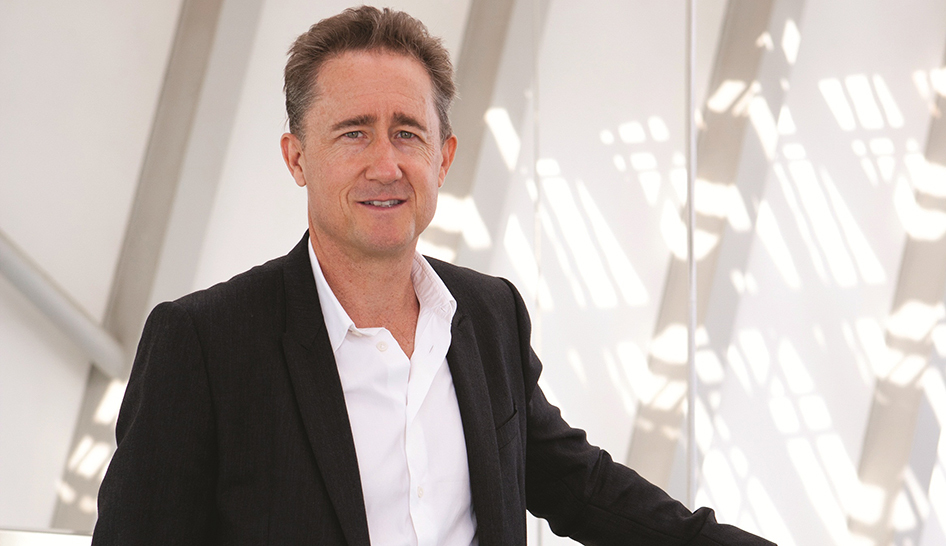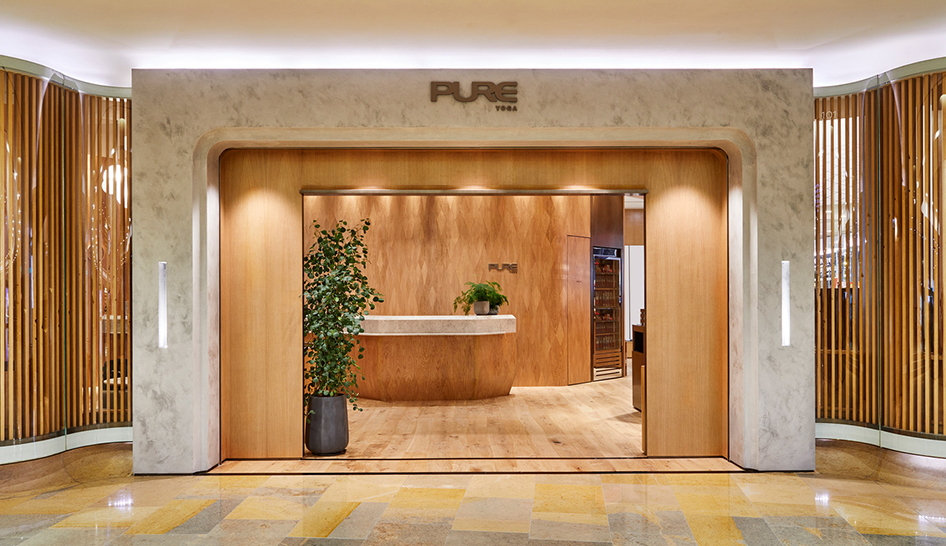Written by Colin Grant, CEO of the Pure Group, who is overseeing 30 plus locations across South Asia during the coronavirus pandemic.
This paper aims to share our experiences during the COVID pandemic with the hope that other operators around the world may benefit from our learnings so that we can evolve and improve as a global wellness community.
The Lowdown
With over four months of mandatory closure in Hong Kong during 2020, the Asian Fitness and Wellness industry (like many others) has been hard hit by COVID-19. But there's a dichotomy within this that had to be highlighted and unravelled in order to drive positive change—for our industry and for society as a whole. On one hand, gyms and yoga studios are clearly a place where people gather and therefore an obvious target for closure when pandemic numbers go up. But on the other hand, the activities we host and teach are some of the key drivers for a stronger, healthier and more immune society. In fact, we'd argue that our offerings are "preventative healthcare."
Here, we'll explain how some misconceptions were set straight; how the facts speak for themselves; how we've kept our customers safe and informed; and how we've rallied together as an industry and worked with the government to create a better future.
Misconceptions
Alongside venues like cinemas, spas and karaoke lounges, gyms and yoga studios are “extended contact” destinations—places where people don't just pop in and out like a retail shop but where many spend several hours as part of their lifestyle. But unlike cinemas, spas and karaoke lounges—gyms and yoga studios are not just “extended contact” destinations, they're also high-frequency destinations with the average cardholder visiting PURE 2.4 times a week. In "normal" times, this combination of extended contact and high frequency is a huge advantage—it means that we're integral to our customers' lives.
But in COVID times, it's also meant that we're an obvious choice to declare for “places visited” and contact trace when someone tests positive. As a result, when the pandemic first hit and there were several cases of PURE cardholders and members of other gyms and yoga studios testing positive—the natural immediate reaction was to assume that our industry was a virus spreader. But this is a misconception that we've now been able to set straight.
Setting the Story Straight
In 2020, we've had 20 cases of PURE cardholders testing positive for COVID-19. And we're not alone— other gyms and yoga studios around the world have been highlighted by the media as places frequented by people who later tested positive. But the facts now speak for themselves—not one of these cases has resulted in the spreading of the virus within a PURE location.
Here’s a prime example we’d like to highlight—a PURE Fitness cardholder who visited our International Trade Tower location in Hong Kong had a one-hour session in close contact with his personal trainer, experienced symptoms the next day and tested positive for COVID the day after that. The assumed conclusion would put our location, the personal trainer and potentially other staff and customers who were at this location at the same time in the high-risk category. In reality, our trainer and all 47 staff at the location tested negative, and no further cardholders at that location tested positive. The cardholder was likely infectious when he visited us, but both he and his trainer were wearing a mask the whole time—even when mask-wearing for customers was not mandated. We believe that these measures were critical in preventing a spread. Another example is a Les Mills club in Auckland, New Zealand where a customer (a health worker) visited the club and had 92 close contacts—all of whom tested negative for COVID-19.
These facts and data points are a key indicator that our locations are not a spreader of the virus. Why? Because they're some of the most rigorously cleaned and safest places to be.


